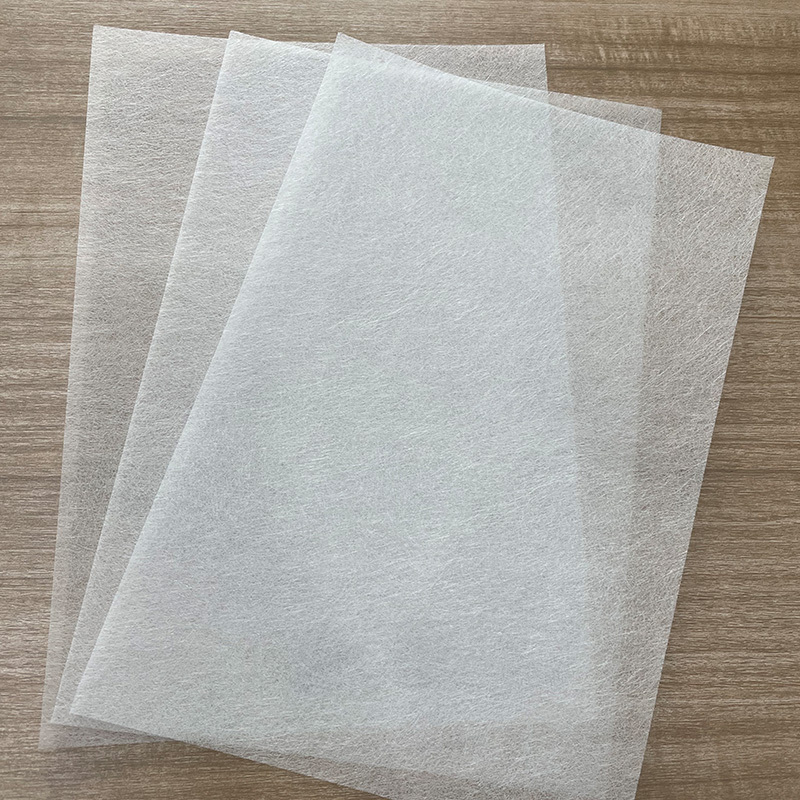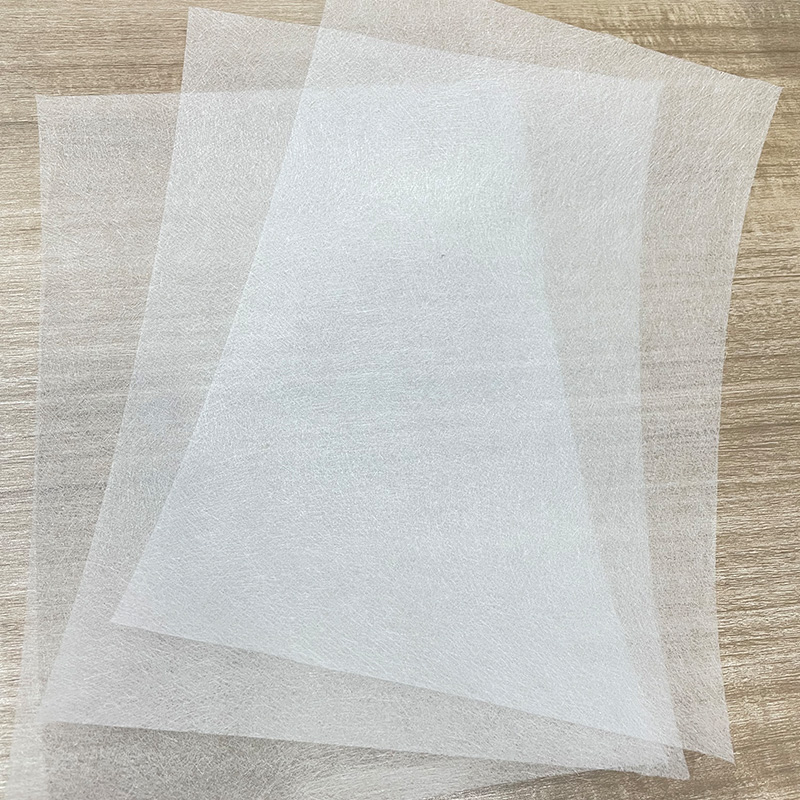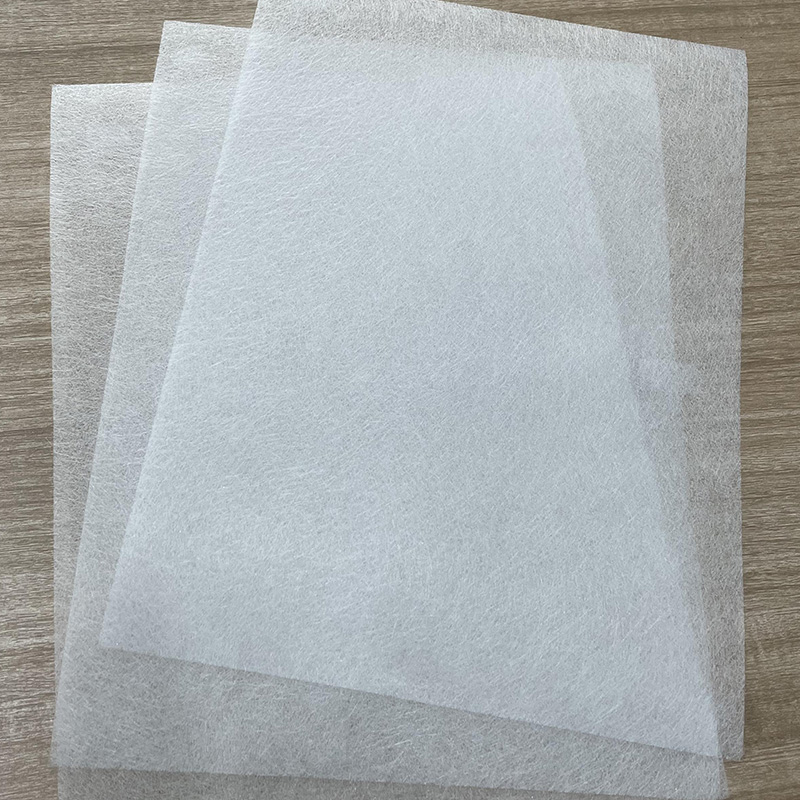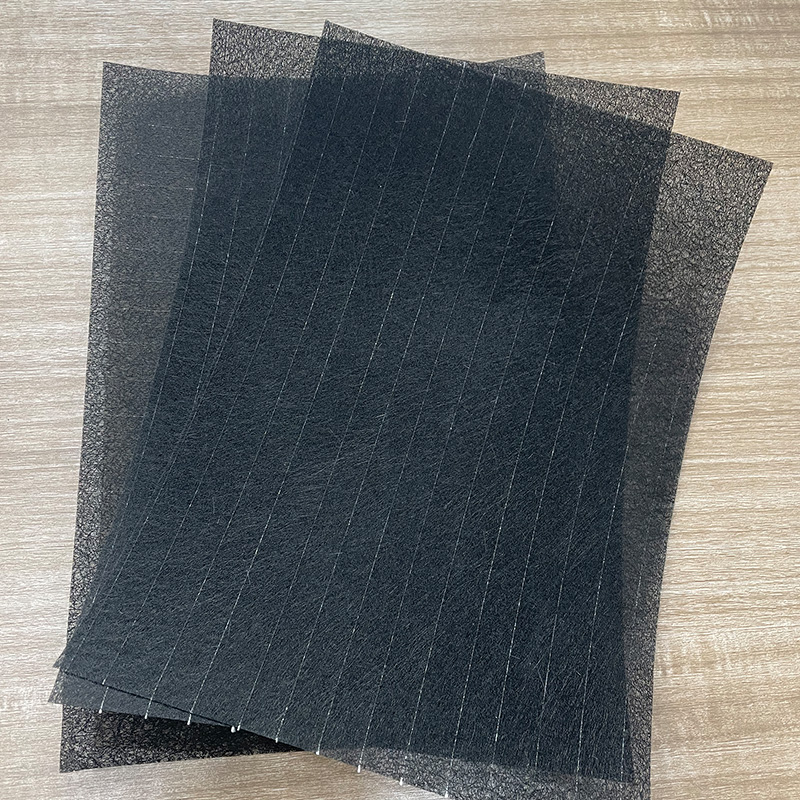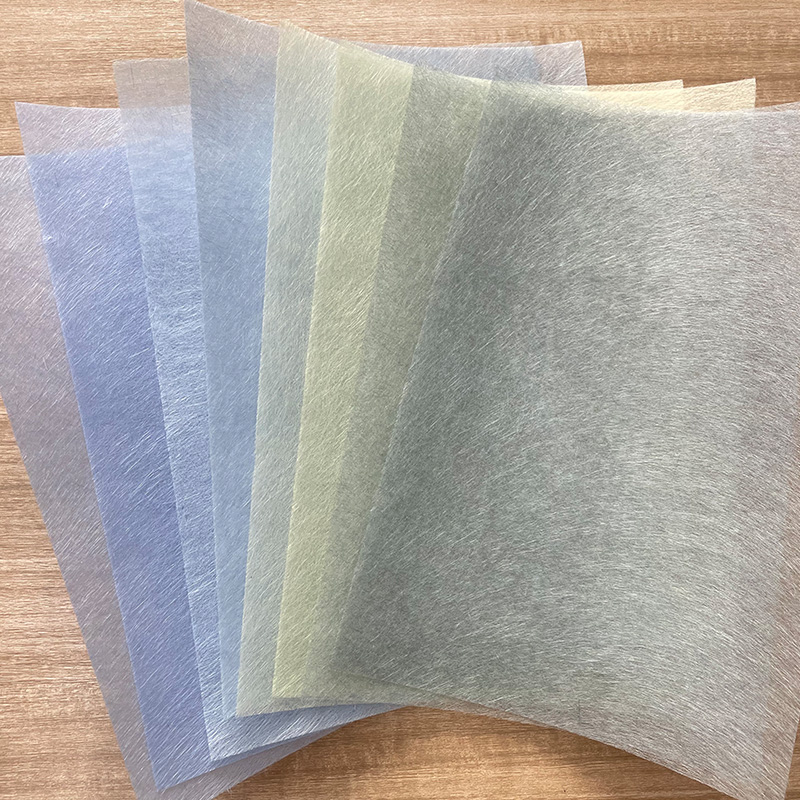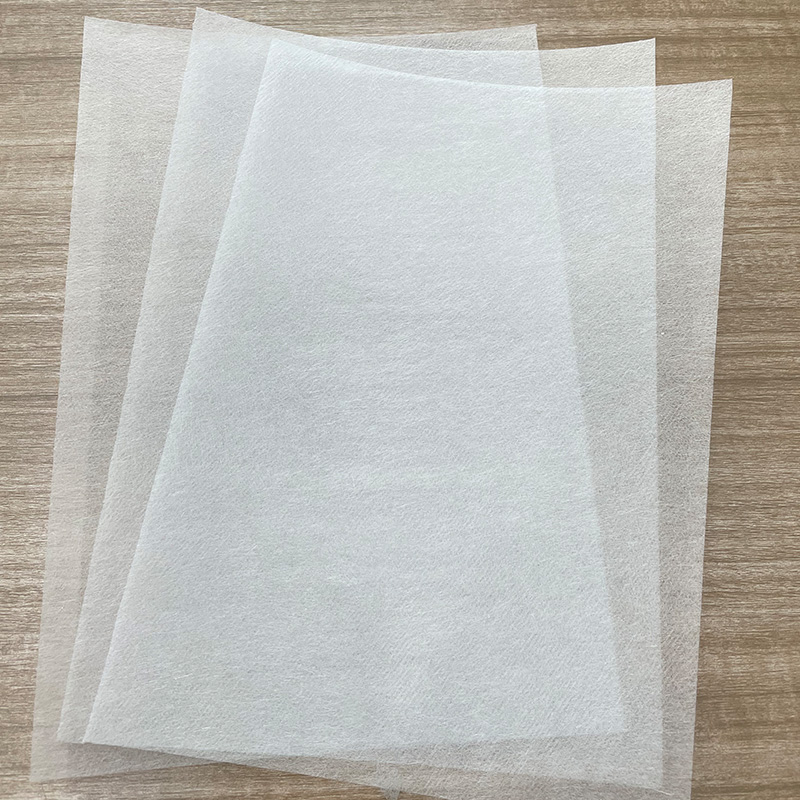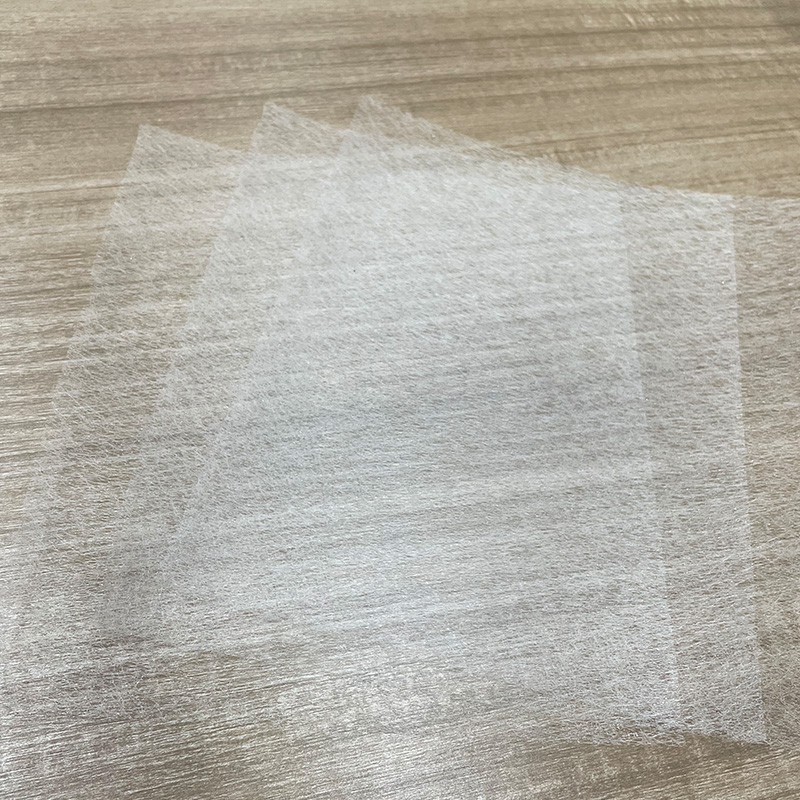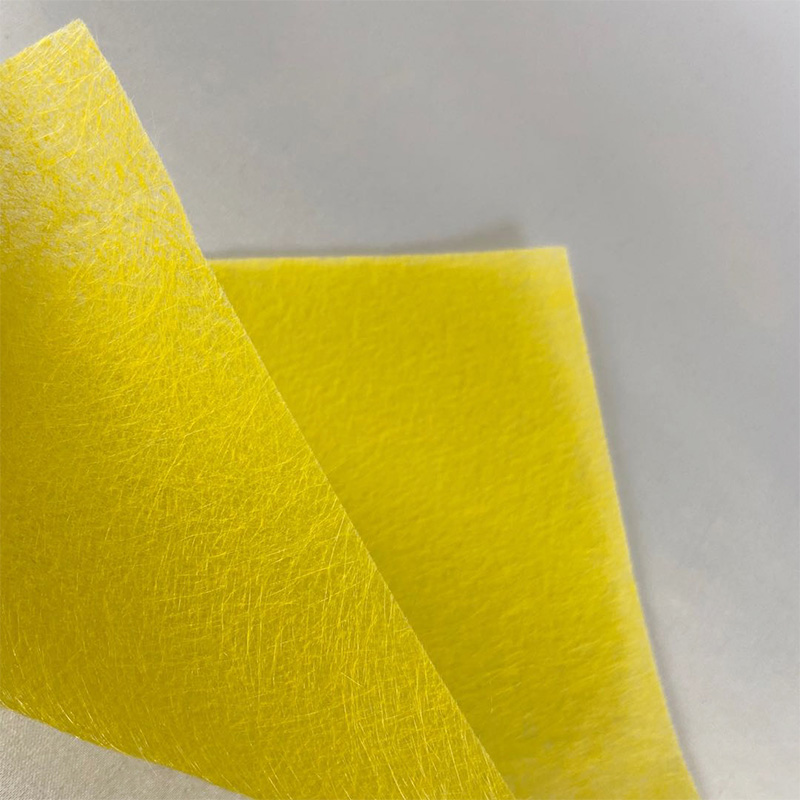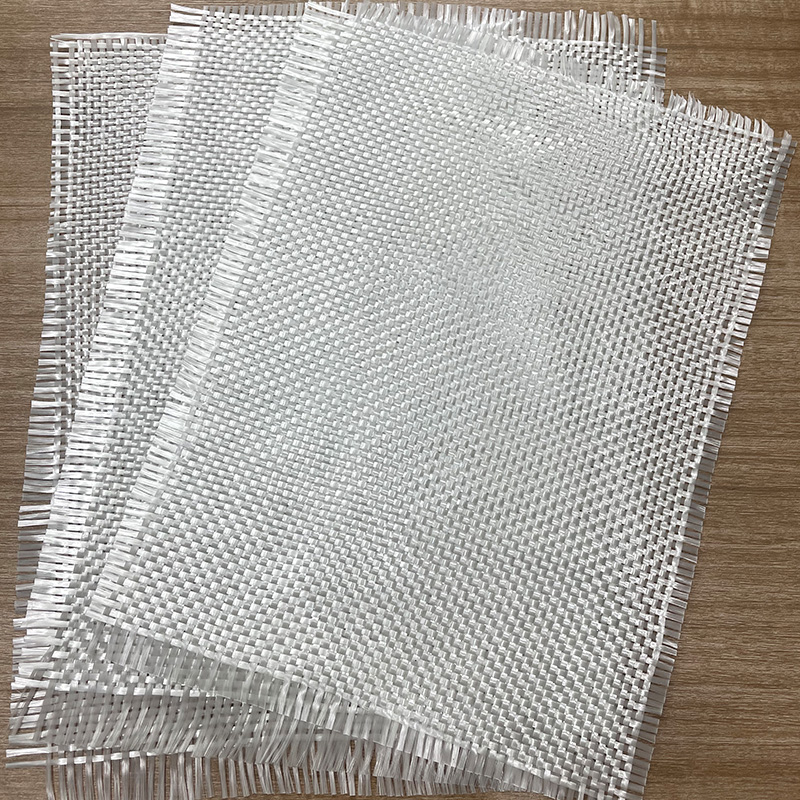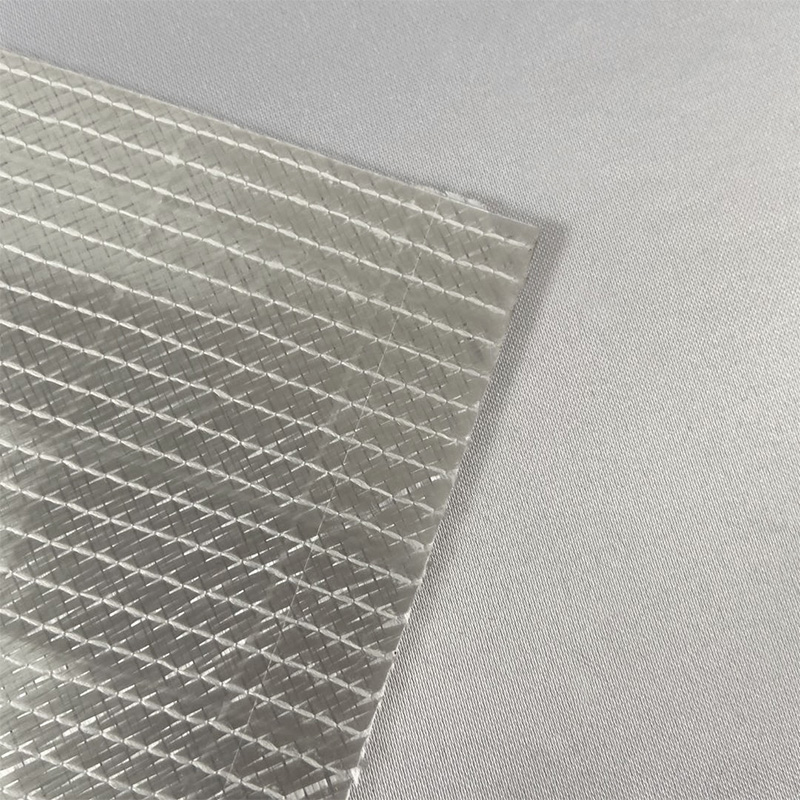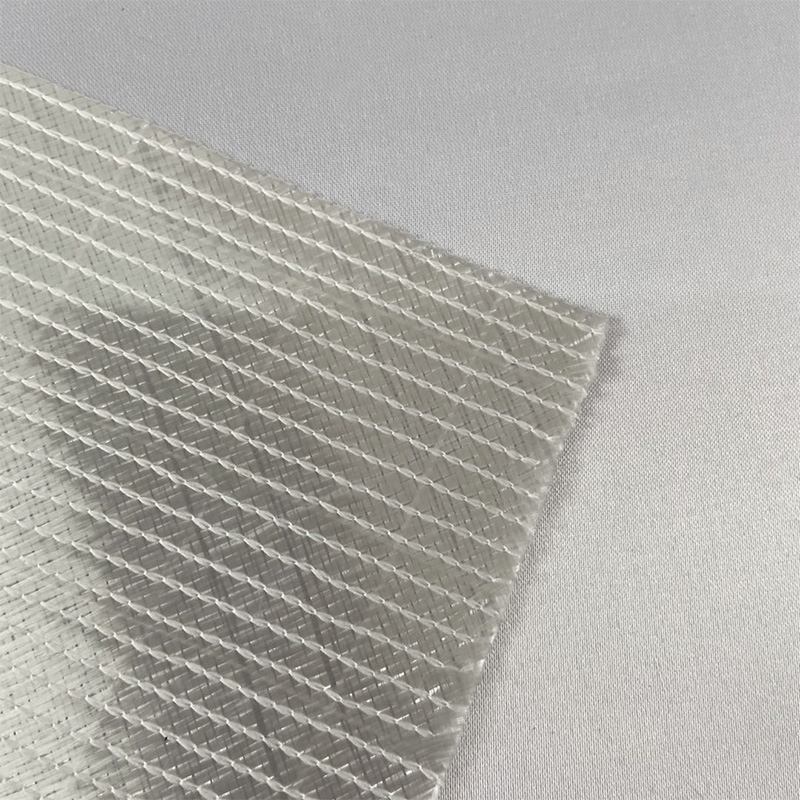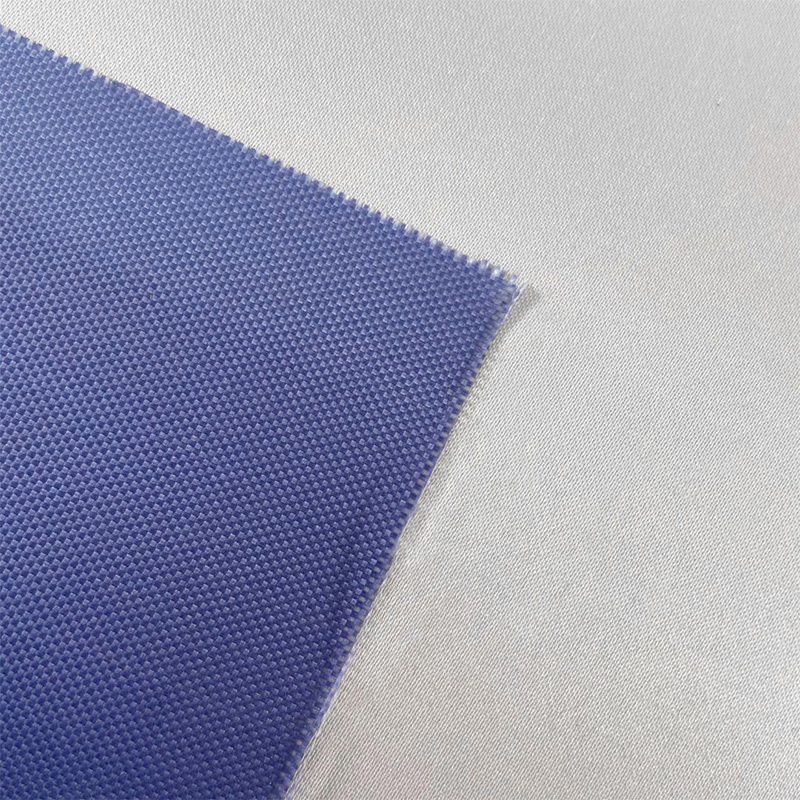Roofing Tissue, as an indispensable base material in waterproof membranes, plays a vital role. It not only provides solid structural support for the waterproof membrane, but also significantly enhances the waterproof performance, durability and adaptability of the membrane, making the waterproof system more effective in resisting the erosion of various natural environments.
Structure and properties
Roofing Tissue is usually made of high-strength, corrosion-resistant fiber materials, such as polyester fiber, glass fiber or composite fiber. These fibers are treated with special processes to form a network or layered structure with excellent physical properties. This structure gives Roofing Tissue excellent tensile strength, tear strength and weather resistance, making it an ideal base material for waterproof membranes.
Improved waterproof performance
When Roofing Tissue is used as the base of waterproof membrane, it can be closely combined with asphalt, rubber or other waterproof materials in the membrane to form an overall waterproof layer. The fiber structure of Roofing Tissue helps disperse and withstand the stress generated when the roll is subjected to external forces, thereby preventing the roll from being damaged due to excessive stretching or tearing. In addition, Roofing Tissue can effectively prevent moisture penetration and improve the waterproof performance of the membrane. In environments with humidity or large temperature changes, the weather resistance of Roofing Tissue ensures that the membrane can maintain a stable waterproof effect for a long time.
Durability and stability
The durability and stability of Roofing Tissue is one of the important reasons why it is widely used in waterproofing membranes. Due to the use of high-strength, corrosion-resistant fiber materials, Roofing Tissue can resist the effects of various adverse factors such as ultraviolet radiation, chemical corrosion, and biological erosion. This allows the waterproof membrane based on Roofing Tissue to be used for a long time in various harsh environments without being easily damaged. At the same time, Roofing Tissue also has good dimensional stability, can resist thermal expansion and contraction due to temperature changes, and maintains the flatness and waterproof performance of the roll.
Convenience of construction
Roofing Tissue, as the base material of waterproof membrane, also brings convenience in construction. Because of its compact structure, light weight, and ease of cutting and laying, construction workers can complete the installation of waterproofing membranes more efficiently. In addition, the good adhesion between Roofing Tissue and membrane also reduces joint problems during the construction process and improves the overall quality of the waterproofing system.
Environmental protection and sustainability
With the improvement of environmental awareness, the production and use of Roofing Tissue are paying more and more attention to environmental protection and sustainability. Many manufacturers use environmentally friendly materials and technologies to produce Roofing Tissue to reduce environmental pollution. At the same time, the recyclability of Roofing Tissue also reduces the environmental burden of waterproofing membranes during disposal. In addition, the excellent performance of Roofing Tissue also extends the service life of waterproofing projects and reduces waste and resource consumption caused by frequent repairs and replacements.
Roofing Tissue, as the base material of waterproof membranes, plays an important role in waterproofing projects with its excellent physical properties, waterproof performance, durability and ease of construction. It not only improves the overall performance and service life of waterproof membranes, but also promotes the innovation and development of waterproofing technology. With the continuous improvement of environmental protection requirements and the continuous advancement of construction technology, the application prospects of Roofing Tissue in waterproof membranes will be broader.
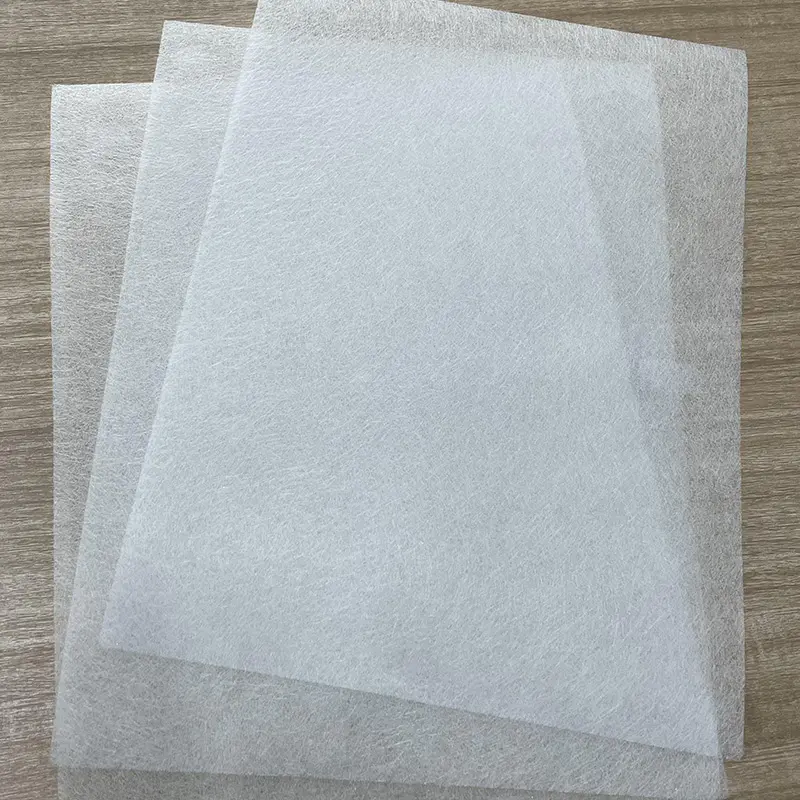

 English
English 中文简体
中文简体 русский
русский Español
Español